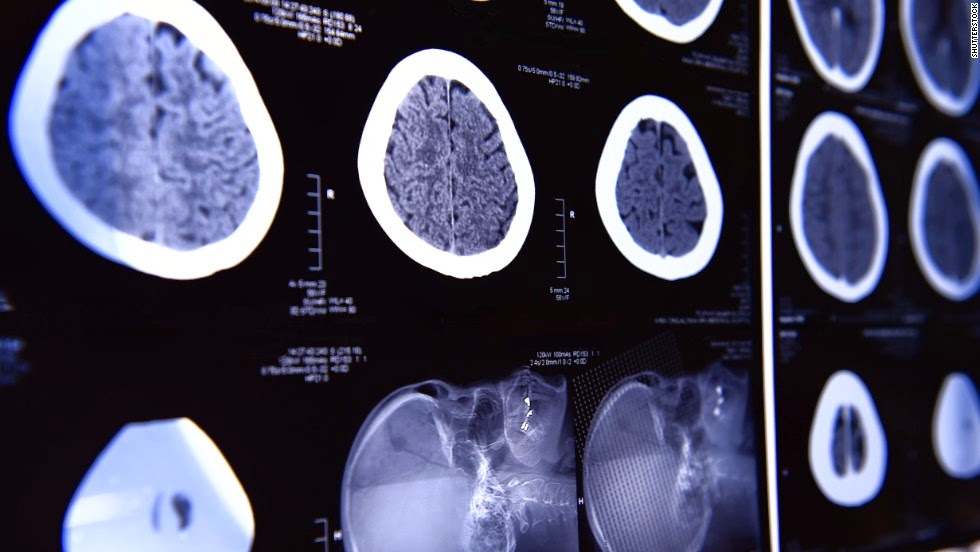Autism Detectable In Infants, Study Suggests
 |
| MRI study: Autism Detectable at 6 months of Age |
The findings published in the journal Science Translational Medicine may offer a first step to developing an early detection method for autism, researchers said.
For the study, 59 sleeping babies spent 15 minutes each in an MRI machine so brain activity in 230 neural regions could be observed. Researchers then analyzed how different regions worked with each other, using a machine learning classifier — essentially a computer program — to distinguish patterns. All of the children studied were considered to be at high risk for autism because they had an older sibling with the disorder. Ultimately, 11 of the babies were diagnosed with autism at age 2, nine of whom were identified by the machine learning classifier as babies.
“When the classifier determined a child had autism, it was always right. But it missed two children. They developed autism but the computer program did not predict it correctly, according to the data we obtained at 6 months of age,” said Robert Emerson, who led the study as a postdoctoral fellow at the University of North Carolina. (courtesy: Disability scoop)



Comments
Post a Comment